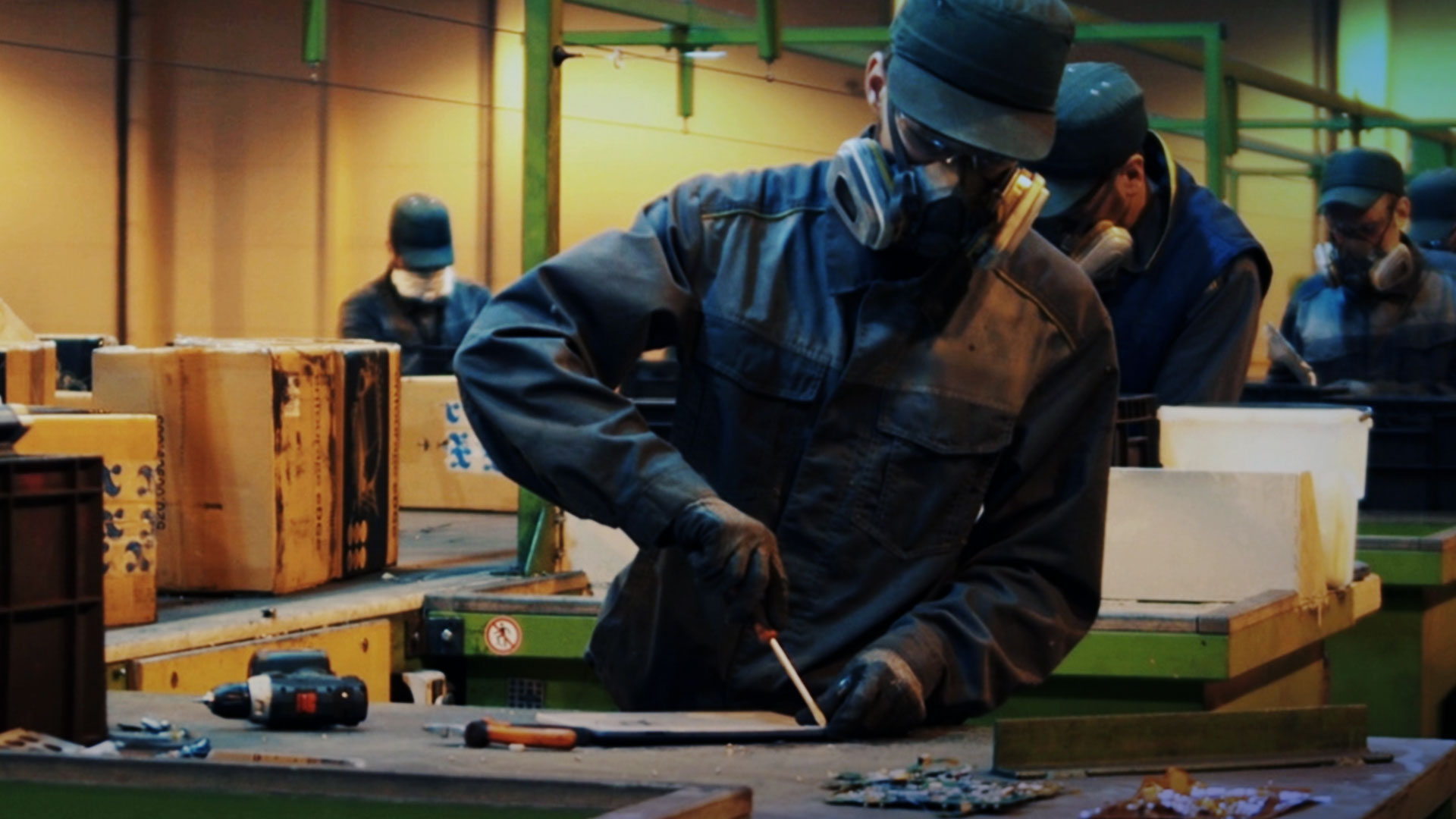Design for Disassembly in the Age of Circularity
Design for disassembly, a practice embraced by product developers, plays a crucial role in fostering a circular economy. By dismantling and repurposing original components, whether within the same product or an entirely new one, substantial environmental advantages can be achieved.
It used to be easy to fix things when they were designed to be fixable. These days, it is hard to disassemble, let alone repair, them due to linear production practices, lower product costs and evolving manufacturing technologies. While industrial transformations have enabled speed-to-market, they have also increased manufacturing waste across the globe. Think abandoned aircraft parts(1), household electronic equipment(2) and wind turbine blades with poor recyclability – all unaccounted for and growing in number.
With all this waste expected to reach 3.4 billion tons by 2050(3), manufacturers and operators must focus on making their product values more circular – to rethink their approach to product design and make parts and components easier to dismantle, recycle, reassemble and upgrade. Prioritizing disassembly will also enable them to reduce waste, repurpose extracted materials and decarbonize their value chain. In most cases, disassembling products consumes less energy than grinding and melting materials for recycling.
Designing for disassembly is a greater challenge than designing for assembly. Subcontractors are often the ones doing disassembly at non-centralized sites, while retaining the value of components and materials is often difficult and costly. Simulation and other digital capabilities on the 3DEXPERIENCE platform enable manufacturers and operators to design the disassembly processes right from the early stages of product development.
Discover how below.
Design for Disassembly: The Key Motif for Circularity
Turn to powerful digital solutions on a fully integrated platform to optimize your disassembly strategy and claim your place in the global circular economy.
Advantages of Design for Disassembly
By creating products that can be easily dismantled, reused, or recycled, DfD helps manufacturers reduce environmental impact while maximizing resource efficiency. This methodology not only aligns with circular economy principles but also delivers tangible benefits for businesses, consumers, and the planet. Below are the key advantages of adopting a design for disassembly strategy:
- Minimizes Waste
Simplifies recycling and repurposing, reducing landfill contributions. - Conserves Resources
Enables recovery and reuse of materials, cutting down on resource extraction. - Saves Energy
Disassembly uses less energy compared to traditional recycling methods. - Extends Product Lifespan
Allows for repairs, upgrades, and part replacements, maximizing longevity. - Supports Circular Economy Goals
Encourages reuse and recycling to promote sustainable business practices.
Disassembly: A Step Closer to Circularity
To repurpose and remanufacture product parts for further use, a good recovery system must first exist. On the 3DEXPERIENCE platform, manufacturers and operators can track and oversee dismantled components and materials in one place before taking them further in the disassembly process.
Explore the interactive infographic below to understand how a virtually optimized disassembly process plays a role in lifecycle management strategy.
Understand Your Supply Network
Integrating an end-to-end disassembly strategy into a circular economy framework can be complex. It is far easier for manufacturers and operators to pinpoint and develop the circular values of their strategy when they can trace where all product parts, components and materials are within their value chain.
Find out more below.
Traceability is Key
The digital passport mindset is crucial in a disassembly-driven circular economy. A product and service systems expert unpacks this concept and the value it brings to an end-to-end disassembly strategy.
1 Source: The World's Biggest 'Boneyard' Houses Almost 4,000 Aircraft by Interesting Engineering
2 Source: What A Waste 2.0 by The World Bank
3 Source: What a Waste 2.0: A Global Snapshot of Solid Waste Management to 2050 by The World Bank
FAQ About Design for Assembly and Disassembly
Related Content
Circular Economy
How circular economy practices can help your business dare to be bold through new business models that preserve the environment for future generations.
Eco-Design
By integrating sustainability throughout the product development cycle, eco-design unlocks the potential for sustainable design without compromising time-to-market or increasing costs.
Sustainable Manufacturing
Sustainable manufacturing is the ability for manufacturers to leverage the latest technologies to reduce waste, cut energy use and improve efficiencies across the product lifecycle.
Circular Product Design
Products designed for circularity are pivotal in shaping the environmental impact for generations to come.
